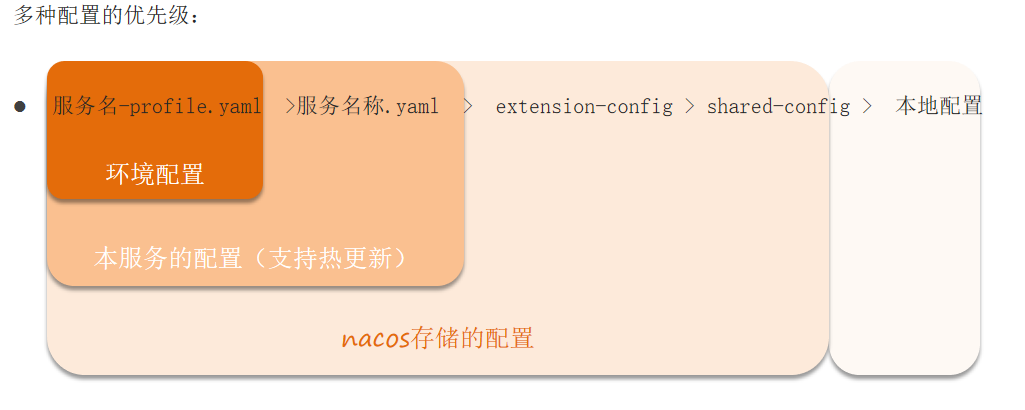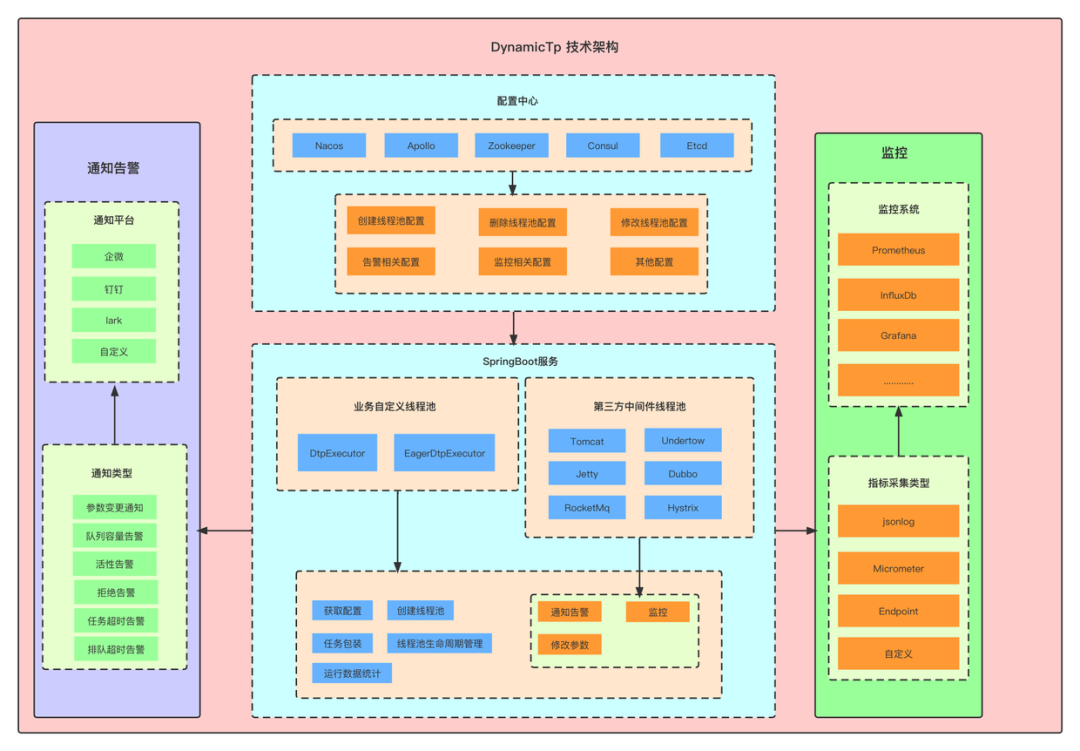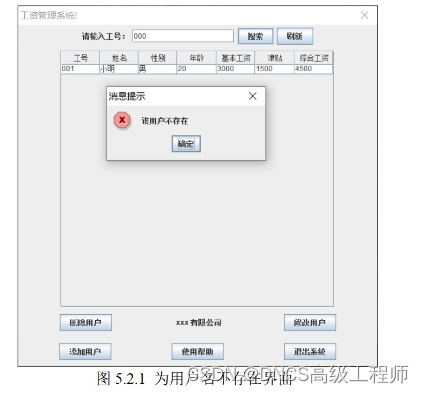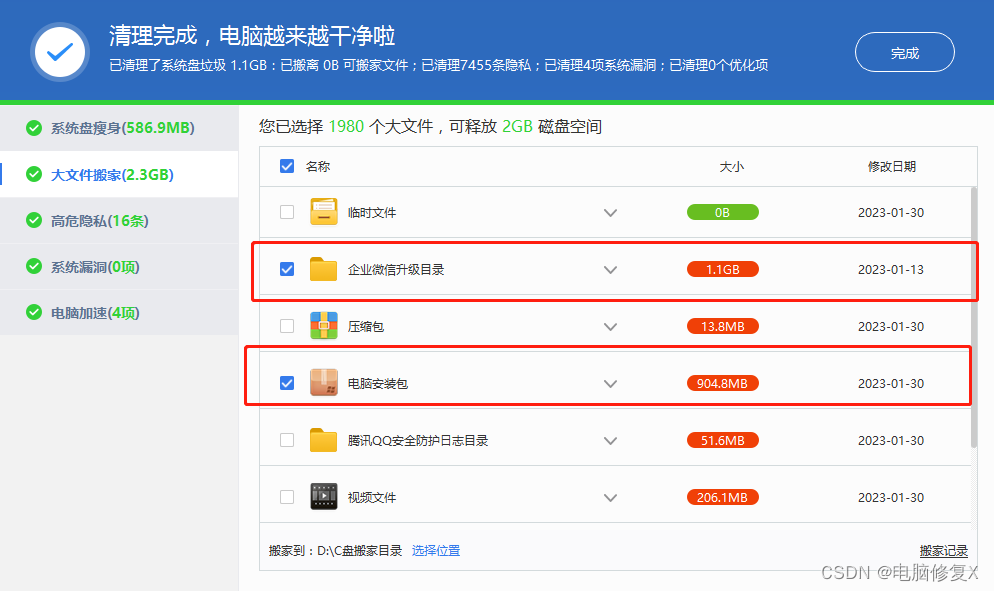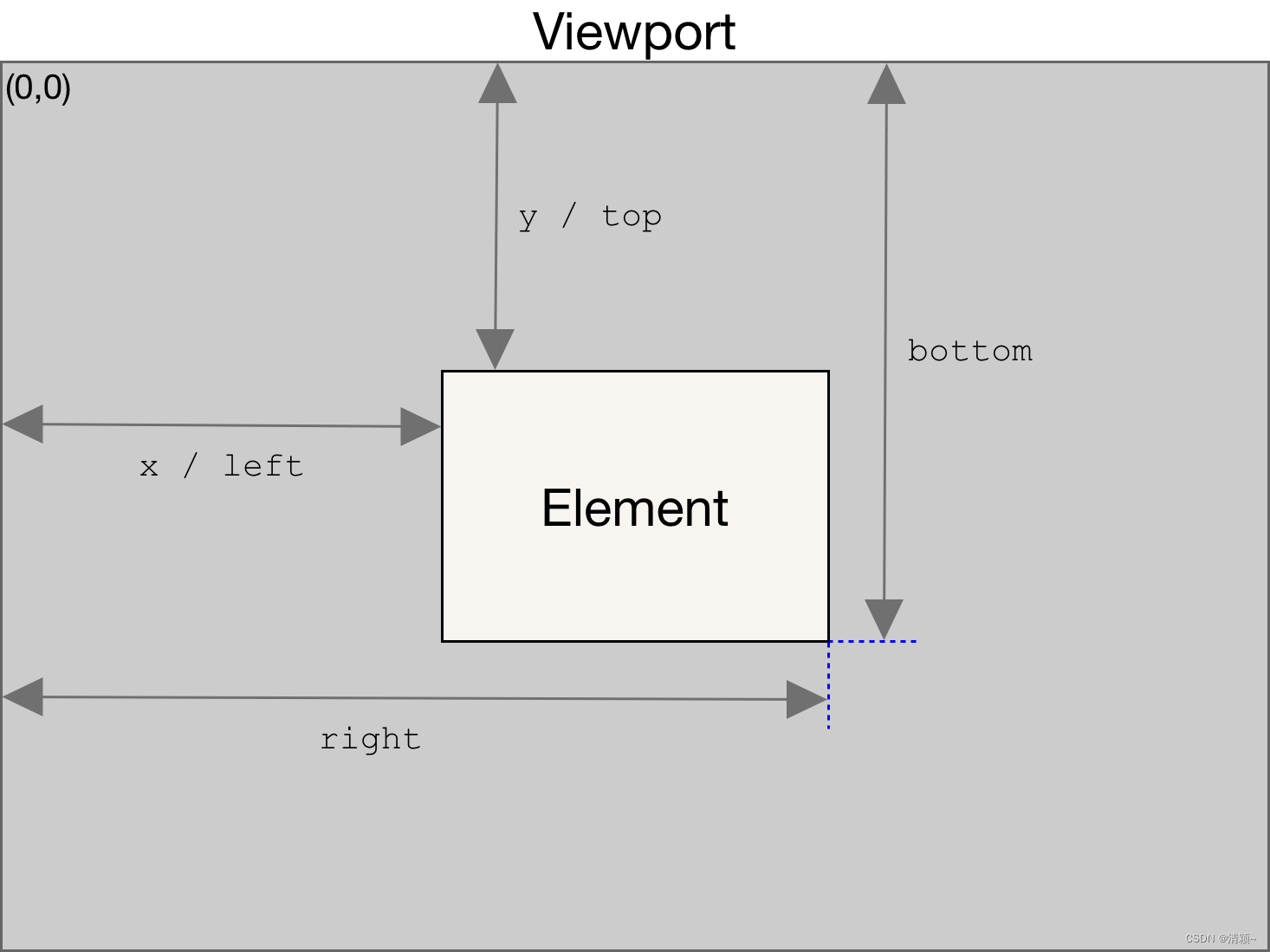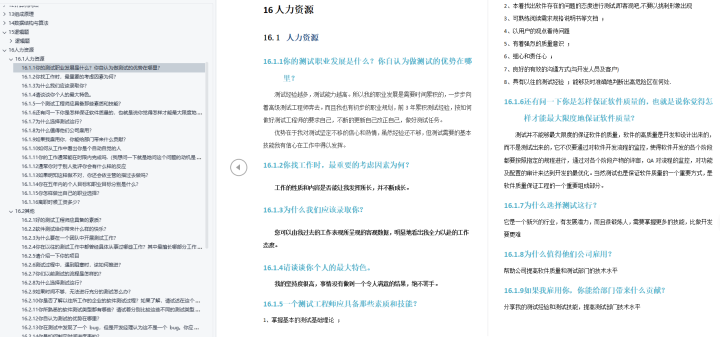常规操作。先读取文档

## 1. 分词 , 清洗关键词,
# # 删除 特殊字符
# PATTERN = r'[?|$|&|*|%|@|(|)|~]'
# text = re.sub(PATTERN, r'', text)
# string manipulation libs
import re
import string
import nltk
from nltk.corpus import stopwords
def cleaning_text(text: str, ) -> str:
# remove special chars and numbers # 删除 特殊字符 和数字
text = re.sub("[^A-Za-z]+", " ", text)
# remove stopwords
# 1. tokenize
tokens = nltk.word_tokenize(text)
# 2. check if stopword
tokens = [w for w in tokens if not w.lower() in stopwords.words("english")]
# 3. join back together
text = " ".join(tokens)
# return text in lower case and stripped of whitespaces
text = text.lower().strip()
return text
df_wd['cleaned'] = df_wd['words'].apply(lambda x: cleaning_text(x))
稀疏矩阵
from sklearn.feature_extraction.text import TfidfVectorizer
vectorizer = TfidfVectorizer(sublinear_tf=True, min_df=5, max_df=0.95)
# fit_transform applies TF-IDF to clean texts - we save the array of vectors in X
X = vectorizer.fit_transform( df_wd['cleaned'].tolist() )
vectorizer.get_feature_names_out()


相似度对比:
余弦相似度

# Let's import text feature extraction TfidfVectorizer
from sklearn.feature_extraction.text import TfidfVectorizer
docs=['I love pets.','I hate pets.']
# Initialize TfidfVectorizer object
tfidf= TfidfVectorizer()
# Fit and transform the given data
tfidf_vector = tfidf.fit_transform(docs)
# Import cosine_similarity metrics
from sklearn.metrics.pairwise import cosine_similarity
# compute similarity using cosine similarity
cos_sim=cosine_similarity(tfidf_vector, tfidf_vector)
print(cos_sim)
使用余弦相似度需要 词向量

jaccard 相似度,求的是 相同单词的交集 涉及到单复数等问题
直接求 句子的相似度
def jaccard_similarity(sent1, sent2):
"""Find text similarity using jaccard similarity"""
# Tokenize sentences
token1 = set(sent1.split())
token2 = set(sent2.split())
# intersection between tokens of two sentences
intersection_tokens = token1.intersection(token2)
# Union between tokens of two sentences
union_tokens=token1.union(token2)
# Cosine Similarity
sim_= float(len(intersection_tokens) / len(union_tokens))
return sim_
jaccard_similarity('I love pets.','I hate pets.')
也就是说,在处理文本数据时很少使用 Jaccard 相似度,因为它不适用于文本嵌入。这意味着仅限于评估文本的词汇相似性,即文档在单词级别上的相似程度。
就余弦和欧几里德度量而言,两者之间的区别因素是余弦相似度不受特征向量的大小/长度的影响。假设我们正在创建一个主题标记算法。如果一个词(例如 senate)在文档 1 中比在文档 2 中出现的频率更高,我们可以假设文档 1 与政治主题的相关性更高。但是,也可能是我们正在处理不同长度的新闻文章。然后,“参议院”一词可能在文件 1 中出现得更多,仅仅是因为它更长。正如我们之前在重复“空”这个词时看到的那样,余弦相似度对长度差异不太敏感。
除此之外,欧氏距离不适用于文本嵌入的稀疏向量。因此,在处理文本数据时,余弦相似度通常优于欧氏距离。想到的唯一对长度敏感的文本相似性用例是剽窃检测。
最重要的 参考链接 进行理解、
理解链接:
-
文本规范化 做关键预处理
https://wiki.shileizcc.com/confluence/pages/viewpage.action?pageId=42533117 -
文本相似度
https://subscription.packtpub.com/book/data/9781789955248/16/ch16lvl1sec65/text-similarity -
黑马 文本处理
https://book.itheima.net/course/221/1270308811000782849/1271374300858818562 -
学习NLP
https://github.com/jevy146/66Days__NaturalLanguageProcessing
5.英文句子相似性判断 比较完整
https://www.cnblogs.com/infaraway/p/8666269.html
